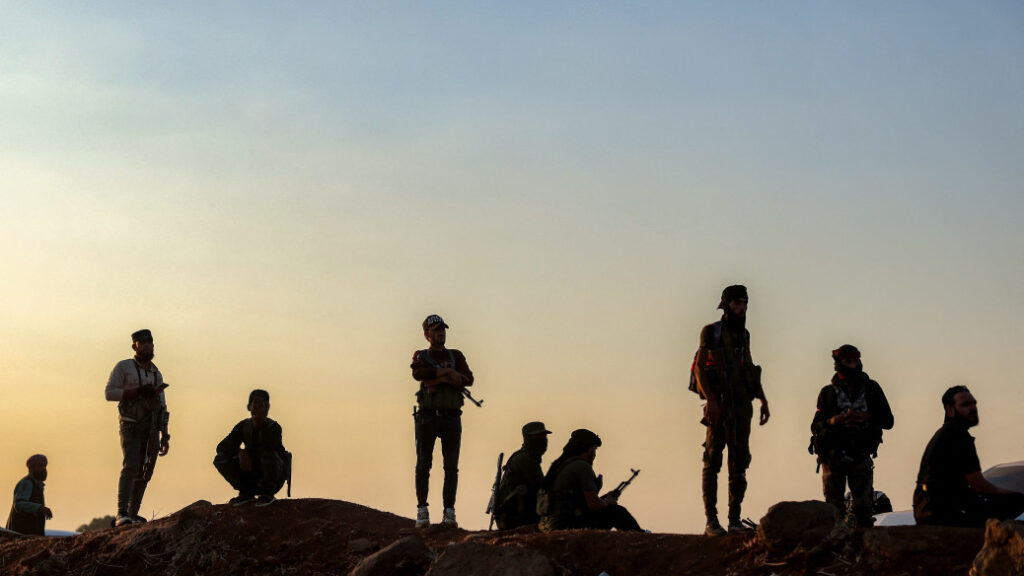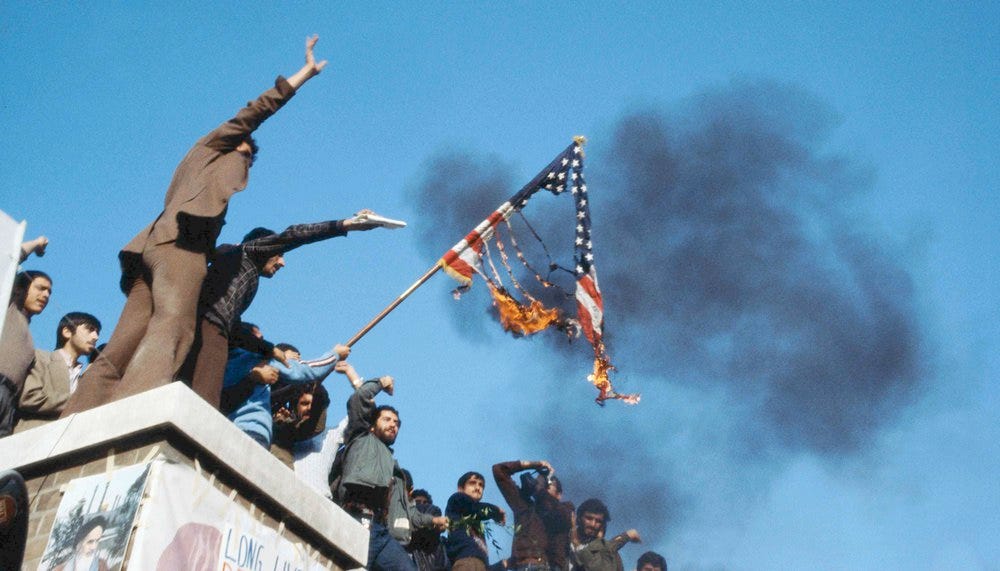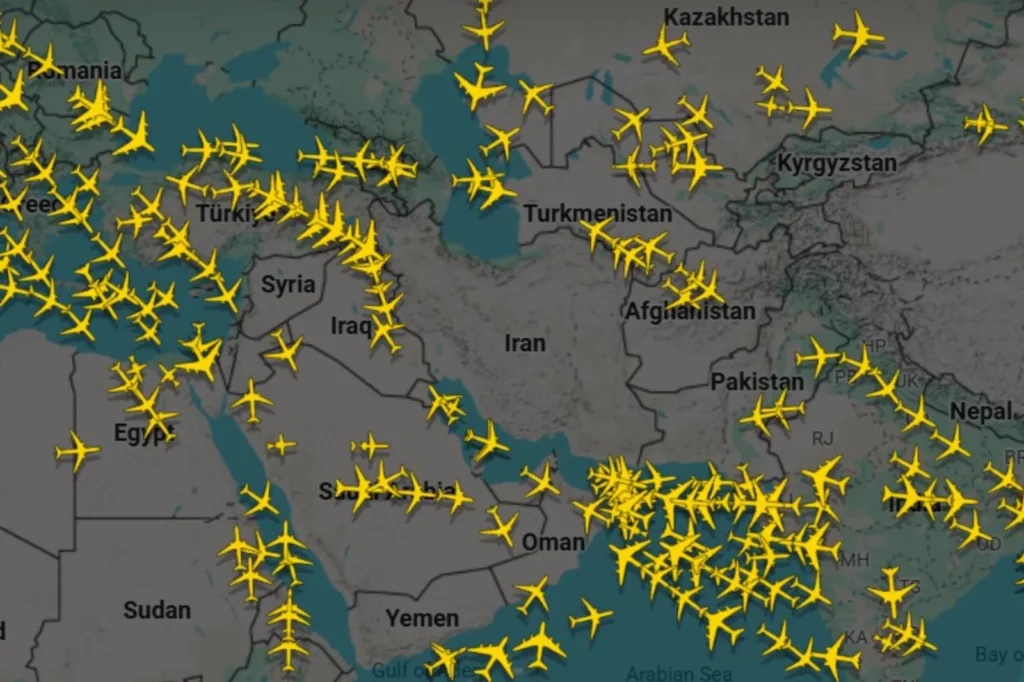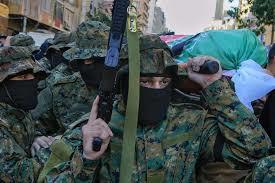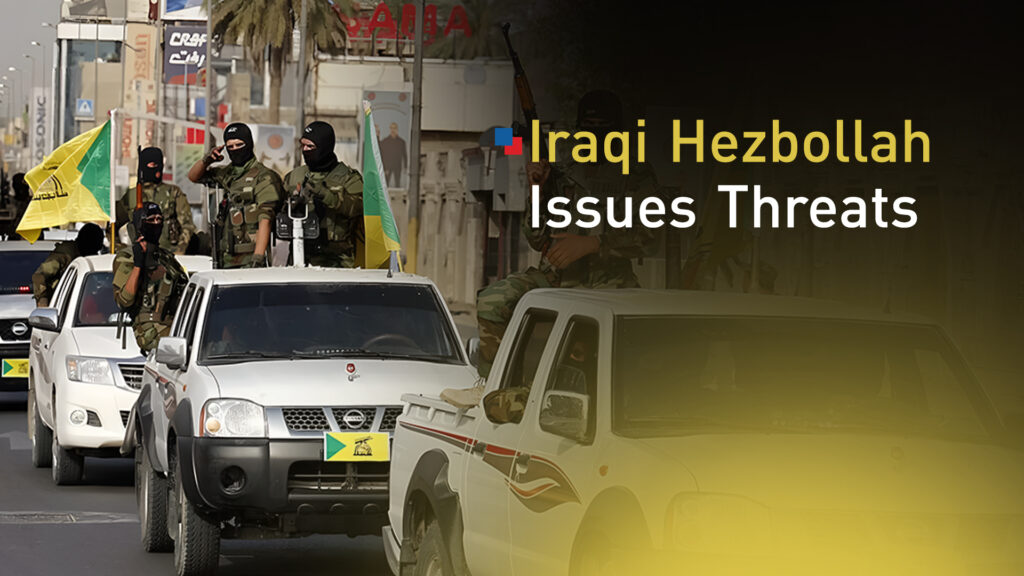How Resistance Axis Interpreted Mutual Recognition Between Zionist Entity and “Somaliland”
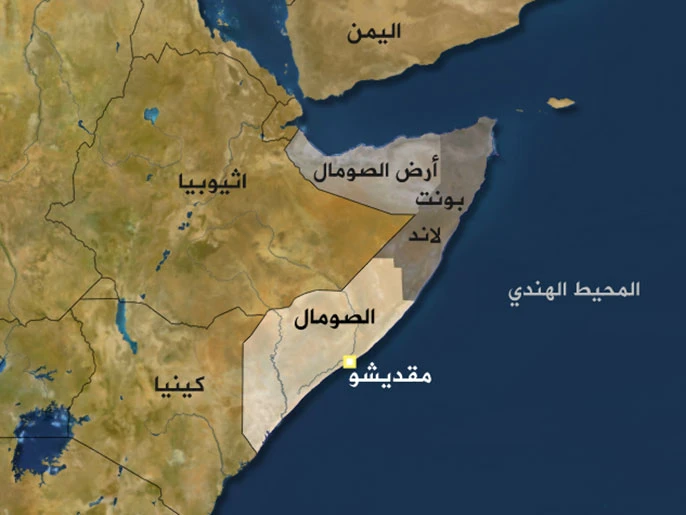
The mutual recognition between the Zionist entity and the “Somaliland” region is merely the culmination of stages of secret communication. Through this recognition, the entity aims to solidify the division of Somalia and violate its sovereignty. More importantly, it seeks to infiltrate the strategically important Horn of Africa region, exploiting its strategic significance to destabilize the region’s security and stability, undermine its capabilities, and ultimately use it to establish military bases, alongside controlling key ports, as part of the Greater Middle East Project aimed at containing the sources of power in Arab and African countries.


